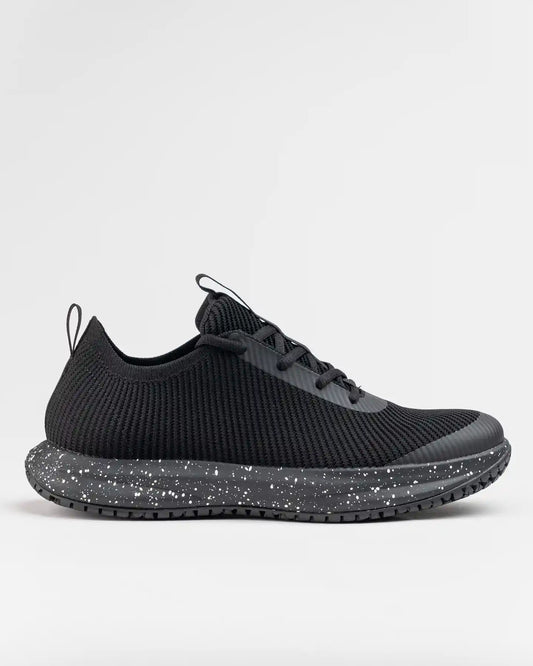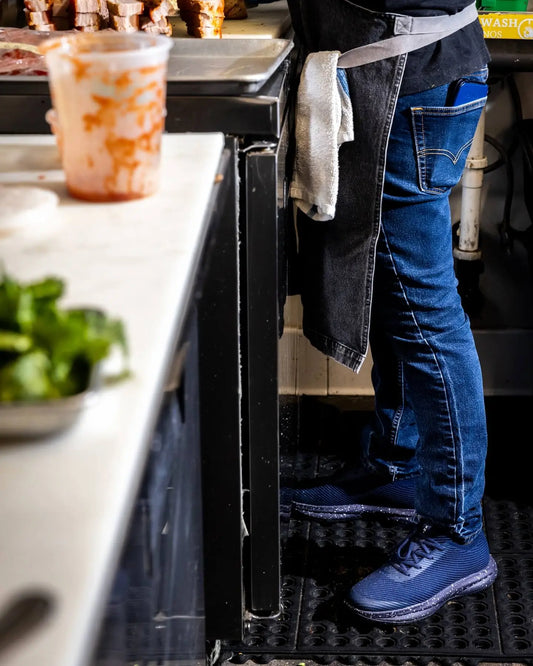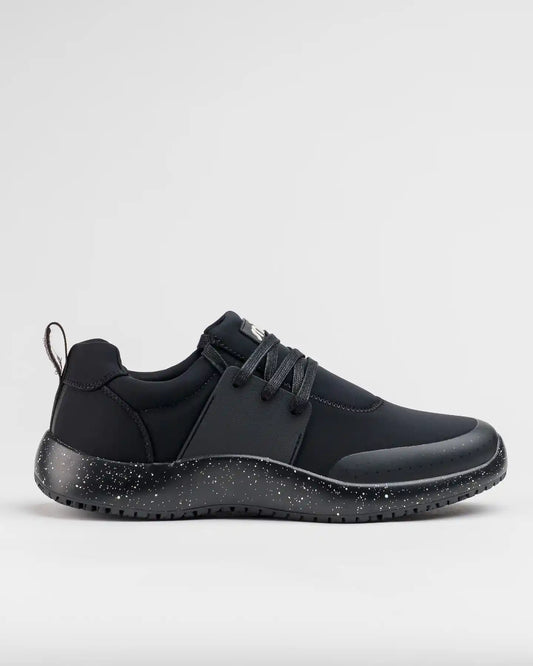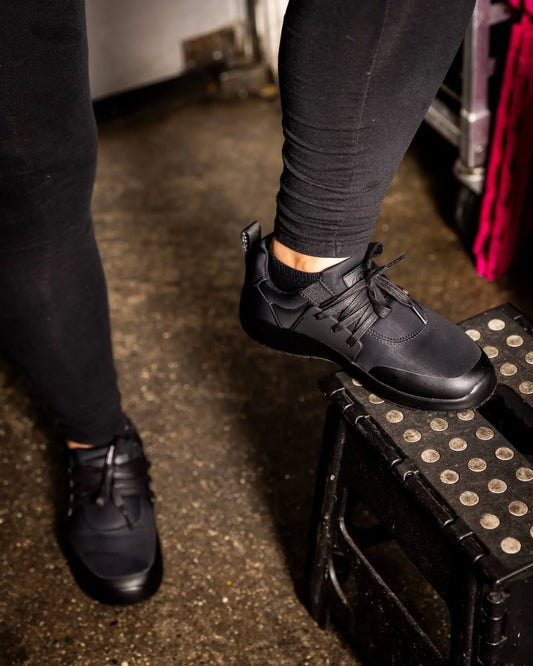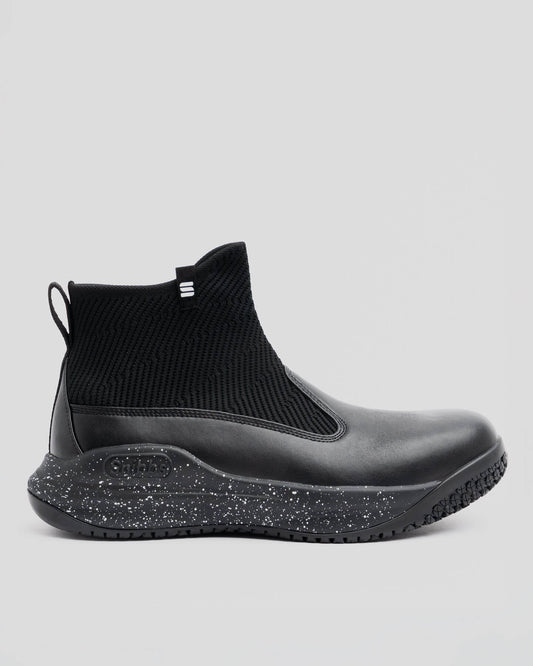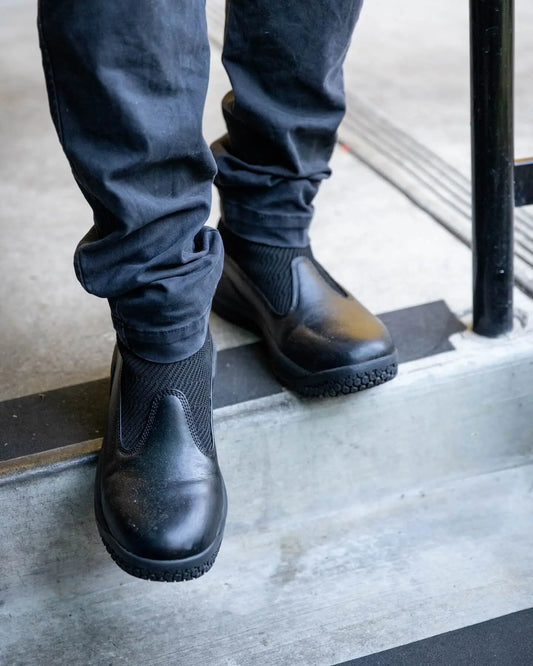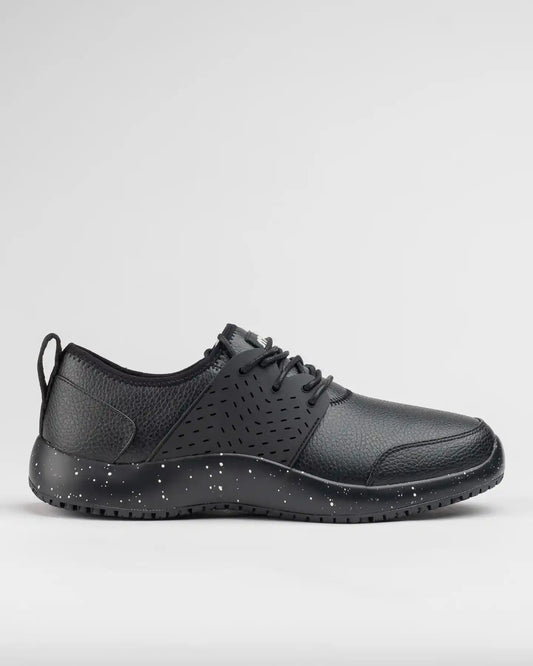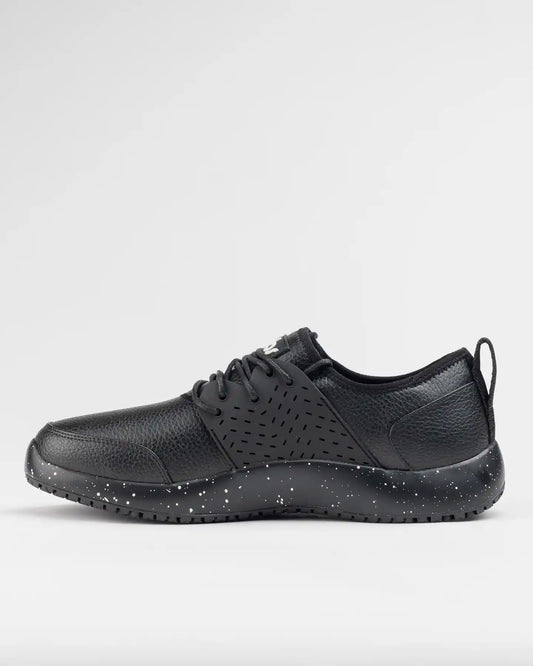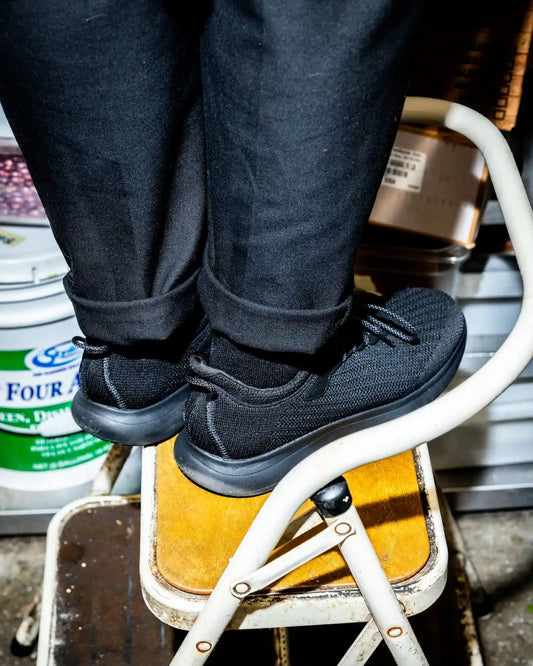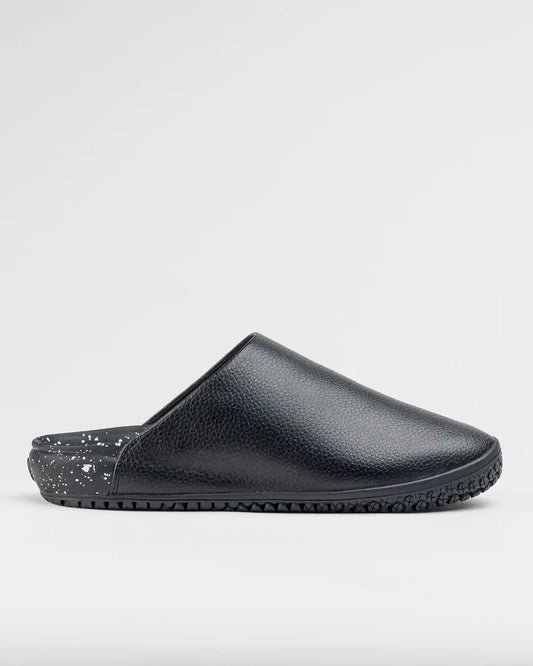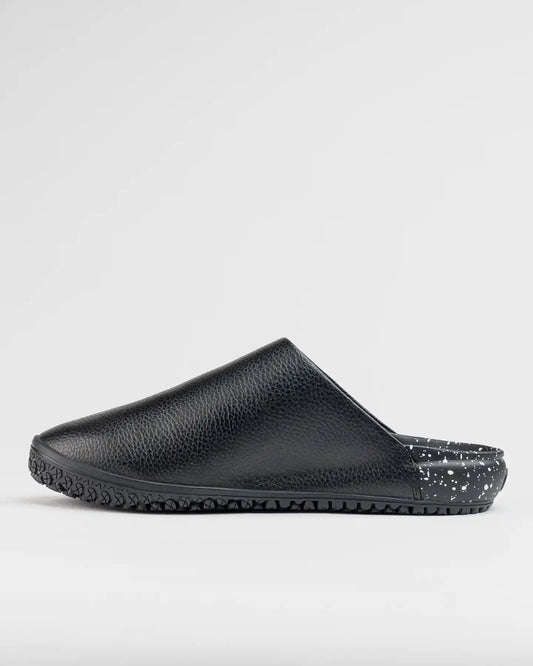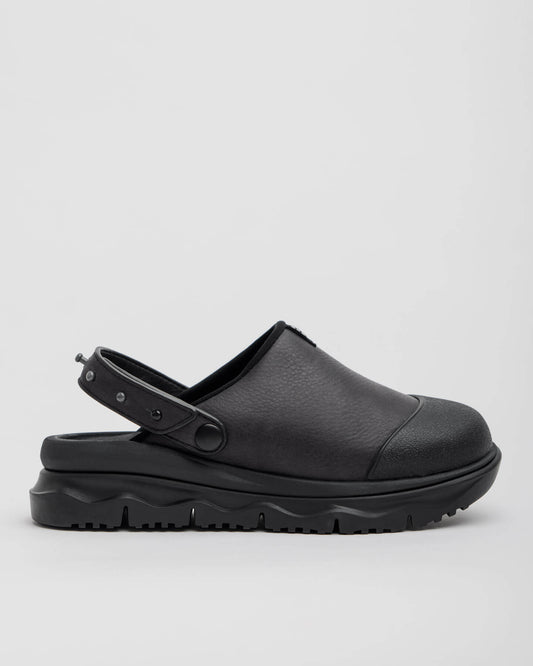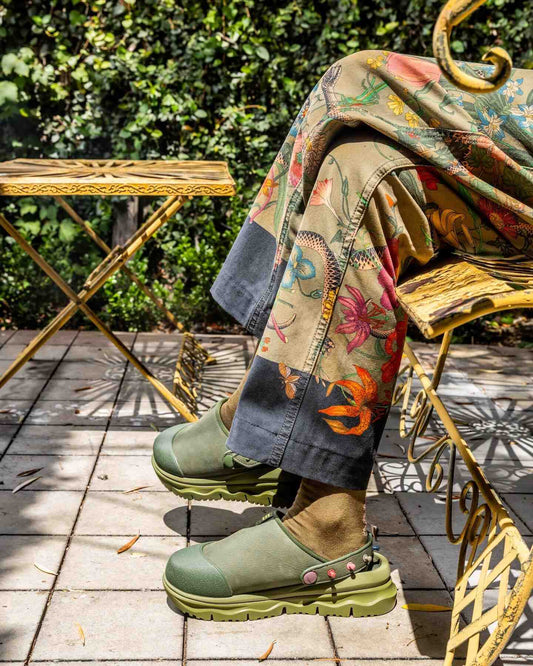Plantar Fasciitis Taping - A Guide
Snibbs Footwear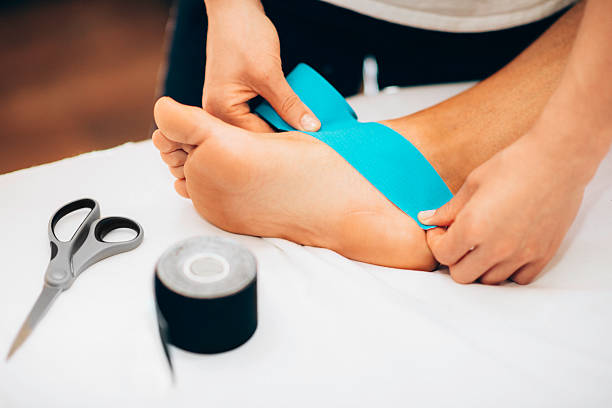
What makes Plantar Fasciitis, a common foot problem, difficult to heal is that most activities involve you being on your feet. It is hard for the damaged tissues to heal if you continue to put pressure on them. There are, of course, a number of remedies that are known to bring relief, among them being:
- Frequent Stretching
- Using an ice pack
- Foot massage
- Taking time to rest
- Effective weight management
However, for those times that you have to be on your feet, there are three aspects that are known to put you on the road to recovery – the 3 Fs of Flexibility, Footwear and Force Control or what is referred to as taping.
The first, of course, can be achieved through frequent stretching exercises. The second involves the use of supportive footwear that supports the arch of the foot. Cushioned insoles and slightly raised heels are features to look for in your footwear, which can go a long way in distributing the pressure on the foot.
The other remedy is what is popularly known as Plantar Fasciitis Taping. It essentially involves using athletic tape to provide the much-needed arch support.
It is extremely important, however, to know the right process of taping though, to be able to provide relief.
How to Tape Feet for Plantar Fasciitis
What you need to get started is an athletic or medical tape which is 1 ½ inch wide. Before you start the taping process though, ensure that your feet are dry. Here are the steps involved:
Step 1
To begin with, you need to apply anchors. This involves crossing your foot so that your ankle rests on the opposite knee. Next you need to apply a strip of the tape first across the ball of the foot and then across the middle of your heel.
Step 2
Next, pull your toes upwards and start applying the strip diagonally across the bottom of the foot to the outside of the heel. Now repeat the process from the other side. Start at the ball of the foot and apply it diagonally up to the arch side of the heel.
Step 3
This step is meant for arch reinforcement. Start at the ball of the foot on the side of the big toe and bring the strip across the arch side of the foot and anchor it at the heel.
Step 4
In this final step, apply closing strips that are similar to the anchor strips. If need be, you can also apply a few strips in the foot arch area as well. If you feel some tension, you do not have cause to worry, as, without the tape, this tension would have been directed to the plantar fascia.
Tips for Taping Feet for Plantar Fasciitis
Once applied, keep the tape for a couple of days. In fact, taping over a course of two weeks is seen to work well and offer relief. When you do want to take it off, the use of lotion to release the adhesives will be in order. However, in case you are allergic to adhesives in the athletic tape, it may not be a good idea to resort to taping.
Using Kinesiology Tape, which is available in sports stores, is also a great option as it promotes blood flow and offers breathability.
How Does Taping Help?
Essentially, it stabilizes the fascia ligament. With the foot taped, its movement is limited. In turn, it prevents any tears from developing.
When used along with supportive footwear, taping can significantly reduce the painful effects of Plantar Fasciitis. The combination of the support provided by taping as well as the heel insert, positions the plantar fascia ligament into its natural position, allowing it to heal.
Here’s to much-needed relief from this common foot problem!
